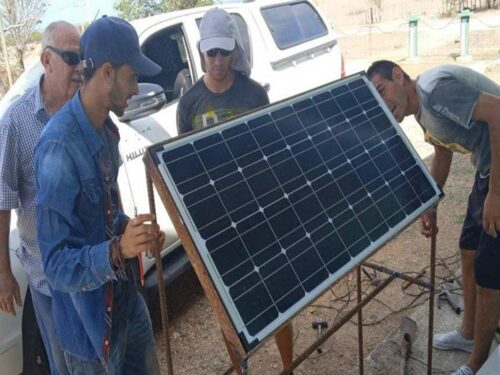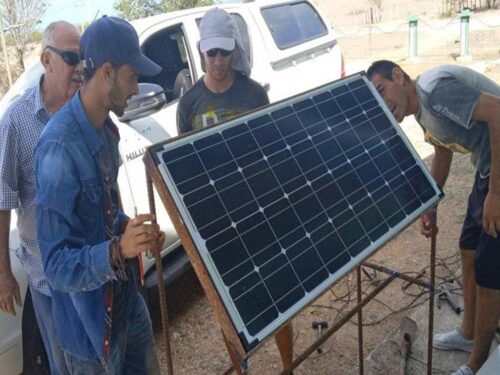
The deputy technical director of the Meteorological Center in Ciego de Avila, Aliana Lopez, said that the equipment will transmit data uninterruptedly, will provide information every 10 minutes, and can monitor atmospheric variables in real time.
The center is of great benefit for the community because it will measure temperature, rainfalls, relative humidity, wind speed and direction, cloudiness, atmospheric pressure, solar radiation, among other indicators, the specialist pointed out.
Included within the actions of the international Coastal Resilience project under development in Punta Alegre, the new equipment will strengthen the warning system on extreme meteorological phenomena and other effects of climate change, she added.
She emphasized that by providing a series of climate statistics, it will favor territorial development planning, mainly in agriculture and fishing, in addition to reducing losses and disasters caused by hurricanes, heavy rains, droughts and other phenomena derived from climate change.
The station is adjacent to the Los Buchillones Archaeological Site Research Center in Punta Alegre, in an area that meets indispensable requirements such as safety, leveling of the terrain and distance from natural or artificial elements that could distort the measuring of meteorological variables.
Funded by the European Union’s Global Climate Change Alliance and implemented by the United Nations Development Program, the international Coastal Resilience project aims to rehabilitate ecosystems to benefit the inhabitants of communities on the northern coast of the central region of the country.
It is also based on the search for natural solutions to adapt to climate change, such as planting mangroves and other native coastal plants.
Another purpose of the initiative is to strengthen and integrate disaster risk reduction at the local level and to adapt the socioeconomic development plans of sectors and the government of the town of Punta Alegre, where about 6,000 inhabitants live, to climate change.
Just be careful with weather balloons…


